Sep 13, 2024
Green Economy
Sugarcane Bagasse 101: The Ultimate Game-Changer in Sustainable Food Packaging

In the ever-evolving world of eco-friendly packaging solutions, a new material is rapidly gaining attention: sugarcane bagasse. This innovative material is revolutionizing the food packaging industry, offering a greener alternative that doesn't compromise on quality or performance. Let's dive into the world of sugarcane bagasse packaging and discover why it's becoming the go-to choice for eco-conscious businesses and consumers alike.
Table of contents
- What is Sugarcane Bagasse?
- Why Sugarcane Bagasse is a Game-Changer?
- The Benefits of Using Sugarcane Bagasse in Food Packaging
- Applications in Food Packaging
- The Future of Sugarcane Bagasse in Packaging
What is Sugarcane Bagasse?
Sugarcane bagasse is also called sugarcane bagasse or just bagasse. It is the fibrous byproduct left over after sugarcane stalks are crushed to extract their juice. As a natural, plant-based material, it doesn’t require additional land and energy to grow and doesn’t increase deforestation. Traditionally considered waste, this versatile material is now finding new life in the packaging industry.How to Produce Bagasse Material

After sugar extraction, the remaining bagasse contains roughly 50% moisture. Before it can be transformed into eco-friendly food packaging, this excess water must be eliminated through sun-drying. The dried fibers then undergo a thermal processing method, similar to that used for plastic pellets, which melts and molds them into versatile biodegradable packaging pellets. These pellets serve as a sustainable alternative to plastic, capable of being molded into a wide array of environmentally friendly food packaging solutions. This process effectively repurposes agricultural waste into a valuable, biodegradable material for the food service industry.
Sugarcane stands out as one of the world's most abundantly cultivated crops. World Bank statistics reveal that in 2021, global sugarcane yields soared to an impressive 1.85 billion tons, with each growing cycle lasting a mere 12 to 18 months. This remarkable productivity results in a vast quantity of bagasse, a byproduct brimming with untapped potential for various applications.
Why Sugarcane Bagasse is a Game-Changer?
The rise of sugarcane bagasse in food packaging is nothing short of revolutionary. Here's why it's quickly becoming a game-changer:Home Compostable and Biodegradable
The major compostable material on the market is PLA made from starch. Its ingredients include corn and wheat. However, PLA can only be decomposed speedily in industrial composting which requires temperatures of up to 58°C, while it takes several years to disappear at room temperature. Bagasse is primarily composed of cellulose fibers, making it an excellent raw material for paper and packaging products. It looks and feels like cardboard or paper because it has a high cellulose content (approximately 50%). Bagasse can naturally decompose in home composting at room temperature (25±5°C), making it suitable for regular composting situations. It breaks down into the earth within months through microorganisms, providing nutrients to the soil and completing the biomass cycle without burdening the environment.Renewable and Sustainable Materials
Petrochemical raw materials are formed over a period of thousands of years at high temperature and pressure in the crust, and making paper requires trees to grow for 7-10 years. Compared to the many years it takes trees to grow, sugarcane can be grown shorter than 1 year, meaning it’s relatively renewable. Only 12-18 months are needed to harvest sugar cane and bagasse can be produced continuously through agricultural planting. It is a sustainable material.Microwave-Safe and Heat-Resistant
Sugarcane bagasse is an eco-friendly material known for its durability and heat resistance. It's microwave-safe, capable of withstanding high temperatures, making it perfect for both hot and cold foods. Unlike traditional plastics, bagasse can safely withstand high temperatures, making it microwave-safe and ideal for both piping hot meals and chilled beverages. For businesses in the food service industry, this makes bagasse the ideal choice for microwave-safe eco-friendly food containers, especially as demand for sustainable takeaway packaging continues to grow.Cultivating Green Consumerism
Meal boxes and dining cutlery are everyone’s daily necessities and using bagasse in them to replace plastic helps to deeply root the concept of green consumption in everyday life, facilitating the reduction of waste and GHG emissions starting from food containers.The Benefits of Using Sugarcane Bagasse in Food Packaging

Adopting sugarcane bagasse packaging brings a multitude of advantages:
Biodegradable & Compostable
Bagasse is a natural plant fiber that contains rich organic matter. It can be decomposed back to the earth by microorganisms within months and provide nutrients to the soil to complete the biomass cycle. Bagasse does not impose a burden on the environment.Low Carbon Material
Bagasse is a secondary material of the agriculture industry. Unlike fossil-based plastic products that require the exploitation of raw materials and cracking for the production of basic materials, bagasse has GHG emissions significantly lower than plastic, making it a type of low-carbon material.Sustainability
Around 1.2 billion tons of sugarcane are produced annually. From this, 100 million tons of bagasse are created each year. While some of this bagasse is burned as biofuel, much is discarded. By repurposing agricultural waste, bagasse reduces the demand for virgin materials and minimizes environmental impact.Versatility
From takeout containers to disposable cutlery, bagasse can be molded into various shapes and forms, meeting diverse packaging needs. A variety of different products can be produced from bagasse, including paper products, paper packaging products and even to-go boxes, bowls, and trays.Enhance Brand Image
Bagasse can be used for composting and is sustainable. It comes from renewable waste and is part of sustainable operations. By applying this environment-friendly material, companies can encourage consumers to support green consumption and improve the image consumers have of the brand. Bagasse can meet the requirements of customers who are ecologically aware.Applications in Food Packaging

Sugarcane bagasse is incredibly versatile, finding its way into various food packaging applications:
Bento Boxes
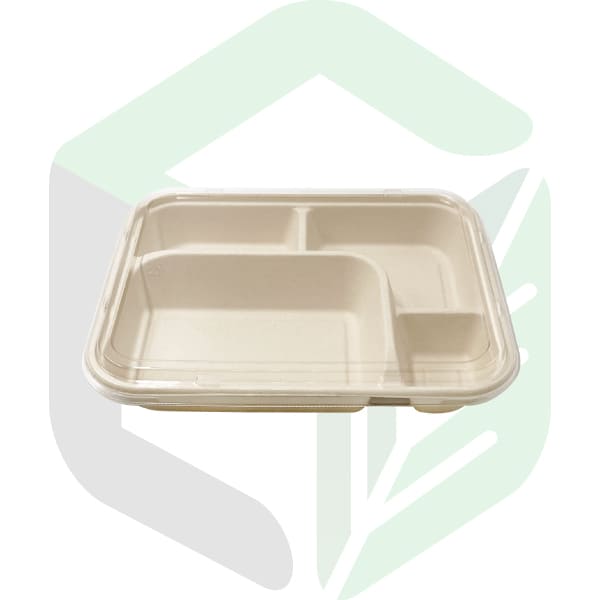 | 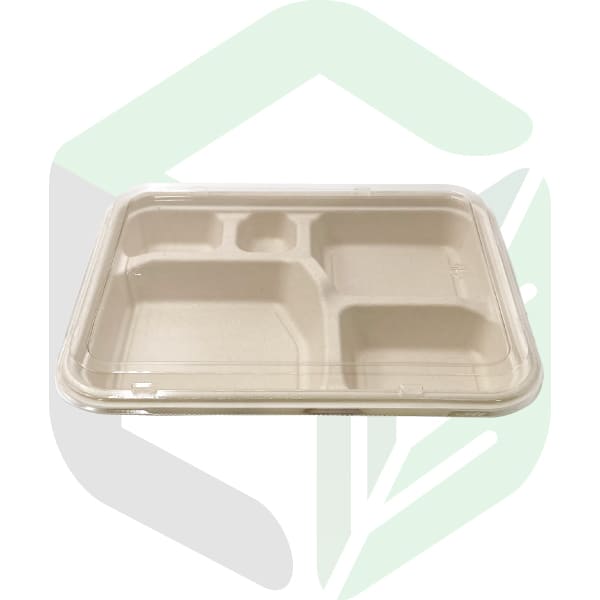 |
| Compostable Rectangular Bento Boxes _ 4 Compartments | Compostable Rectangular Bento Boxes _ 5 Compartments |
Bowls & Soup Cups
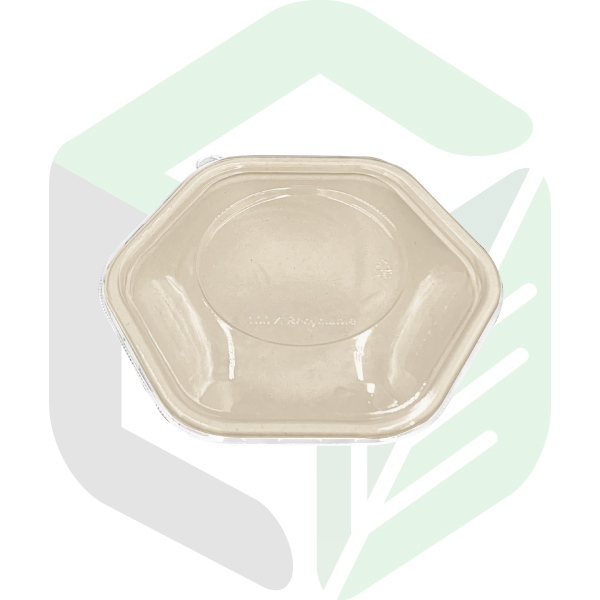 | 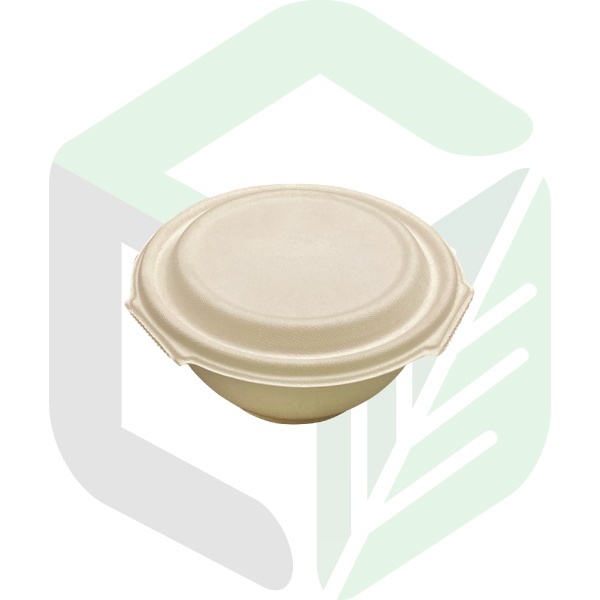 |
| Compostable Round Bowls 24 oz | Compostable Round Bowls 1500mL |
Sauce Cups
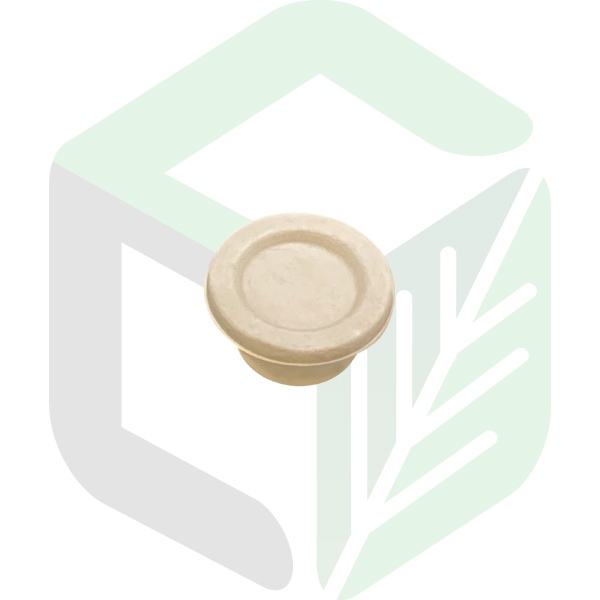 | 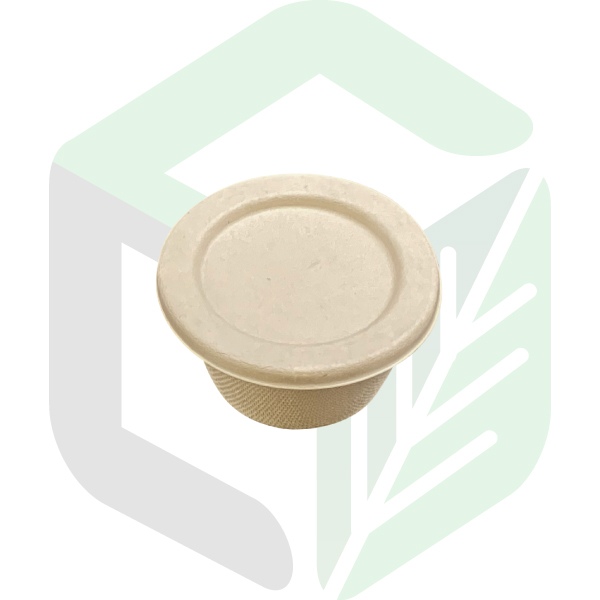 |
| Compostable Sauce Cup 1oz | Compostable Sauce Cup 4oz |
Plates
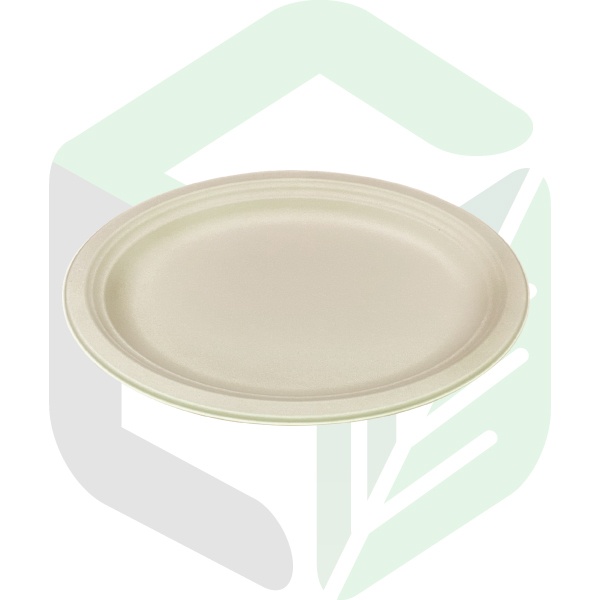 | 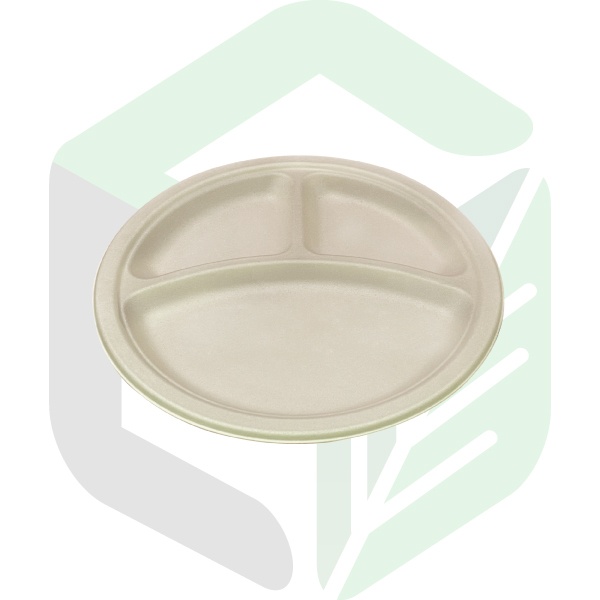 |
| Compostable Oval Plates | Compostable Round Plates 10 Inches _ 3 Compartments |
Trays
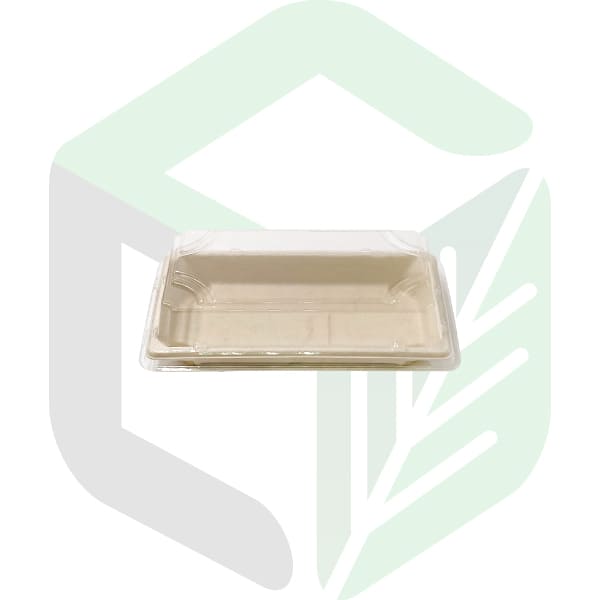 | 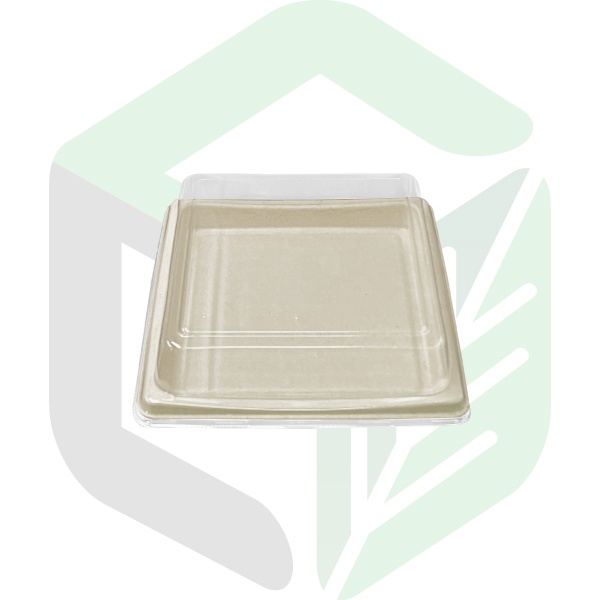 |
| Compostable Sushi Trays 01 | Compostable Square Serving Plates |
Clamshell
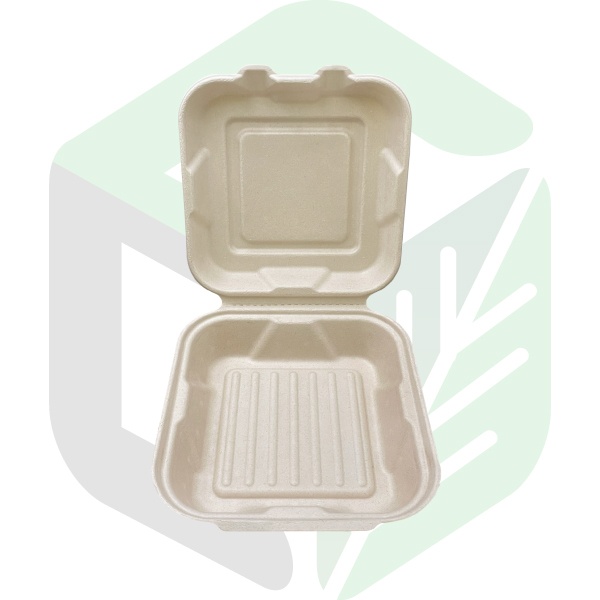 | 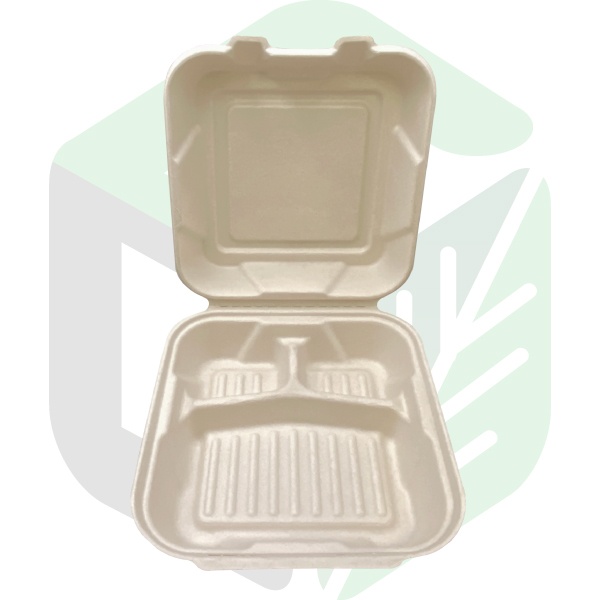 |
| Compostable Square Clamshell Boxes 8 Inches | Compostable Square Clamshell Boxes 9 Inches _ 3 Compartments |
The Future of Sugarcane Bagasse in Packaging
As demand for eco-friendly packaging solutions grows, the future of sugarcane bagasse in the packaging industry looks bright:- Technological Advancements: Ongoing research is improving the material's properties, making it even more durable and versatile.
- Expanded Applications: Beyond food packaging, bagasse is being explored for use in cosmetics, electronics, and more.
- Global Adoption: As awareness grows, more countries and companies are likely to embrace bagasse packaging solutions.
- Circular Economy: The rise of bagasse packaging supports a more circular economic model, where waste is minimized and resources are used efficiently.
Interested in sustainable packaging solutions?
Discover the advantages of sugarcane bagasse packaging for your business and the environment. Our range of eco-friendly products is designed to help you achieve your sustainability goals effortlessly. Get in touch with us for expert advice and let’s work together to create a smooth transition to more sustainable packaging options.
